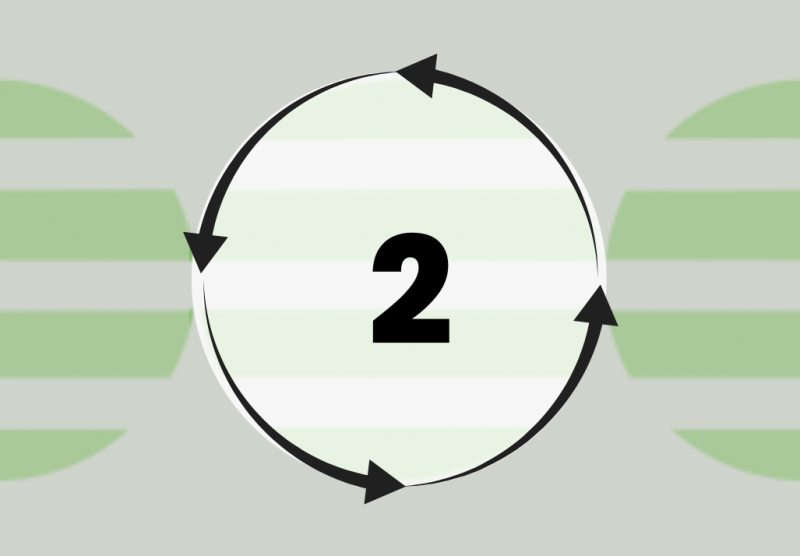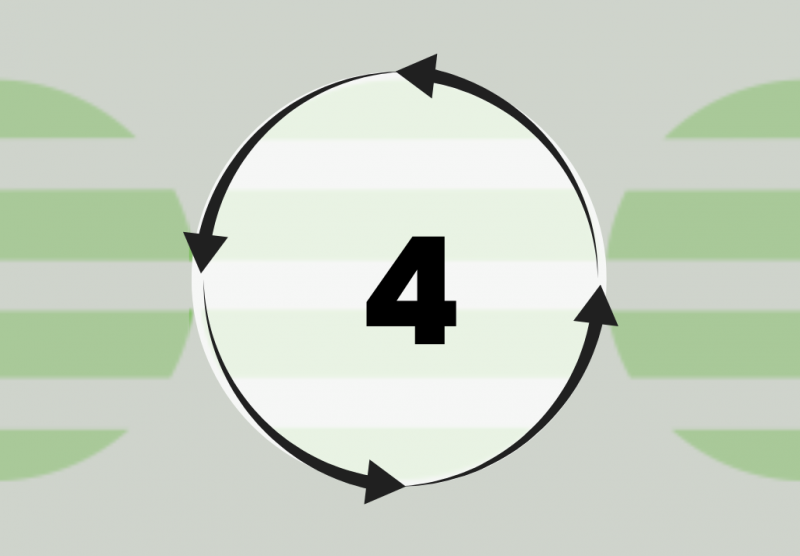
If your organisation has to maintain assets, whether they be your assets or those of your customers, large or small, static or mobile, and whether they are single entities or larger assets with many sub-assemblies or parts, you need a system to track them and plan maintenance and initiate ad-hoc repairs to ensure they are working effectively and efficiently.
Servasure has many years of experience helping our customers do just that.
Our consultants can help you create new systems and processes or review and fine tune your existing ones, to better manage those valuable assets, including maintenance schedules and ad-hoc repairs for unforeseen failures.
We adopt a 4 phase approach.


A complete review of all assets including:
Review of service contracts with 3rd parties. This may include reviewing the terms of the service contracts to ensure they meet the business requirements. This would include:
Where you are providing a support service to your customers and using 3rd parties to provide that service it is imperative that the hours of cover and SLA’s you have with your customer match those you have with the 3rd parties.
For any assets that do not have any contracted support or service agreements in place it is important to know how these assets are to be maintained and/or repaired in the event of any failures, including who will repair them and any pre-approve budget for such repairs.


As well as ensuring the assets have the necessary levels of cover, it is also important that they are maintained so they continue to perform as required.
Many assets require regular routine maintenance or servicing and the service intervals are determined by the manufacturer. Other factors that can impact on the service intervals are frequency of use and environment. Scheduling and recording such maintenance is an important function, including recording any defects and advisory recommendations notified during the service and ensuring they are acted on to avoid unnecessary failures of the asset.
It is also important to record and track any sub-assemblies/modules that are replaced, and what is done with them. Are they repaired or refurbished for use in other assets or scrapped.
Where an asset fails, or where it is no longer meeting its functional requirement, it is important to have all of the details for who to contact, whether there is a service contract in place, what are the SLA’s and how to place service requests to initiate remedial action against each asset. Also, if the required action is to modify or upgrade is there a pre-approved budget or details on who can approve such budget.
Your system will have a vast amount of data relating to each asset and sub-assembly/module, including when it was maintained/serviced, unplanned failures, cost of repairs, etc. Machine learning and AI can be used to produce improved maintenance plans which will help to avoid unplanned and potentially costly failures which in turn, improves productivity, efficiency and, if you are maintaining the assets for your customers, improved customer satisfaction.
